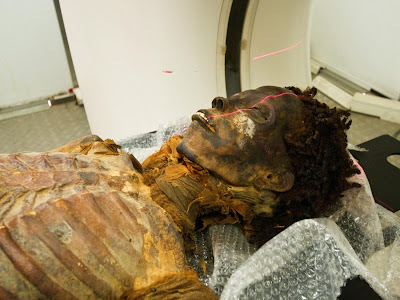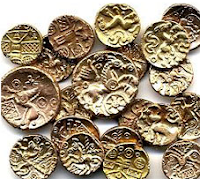 | The barracks were for Roman Praetorian guards dating back to the period of Emperor Hadrian. (117 to 138). The Praetorian Guard were elite military troops. They were household troops of Roman emperors and acted as bodyguards.
Notable finds included a three-pronged iron pitchfork, storage baskets, leather fragments possibly from a farmhand's glove or shoe, and traces carved into stone by a waterwheel's repeated turning. Peach pits, presumably from the farm's orchard, also were found. Peaches were still a novelty, first imported from the Middle East. Ancient Romans recycled. Amphorae, the jars they favored to transport and store food, were lined up with their ends cut open to double as water conduits. Other, older signs of life were carriage ruts from as long ago as the 6th century B.C. |
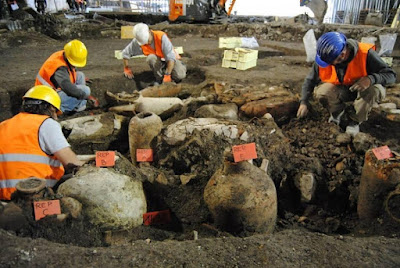


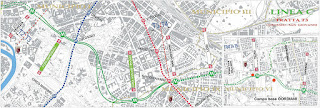
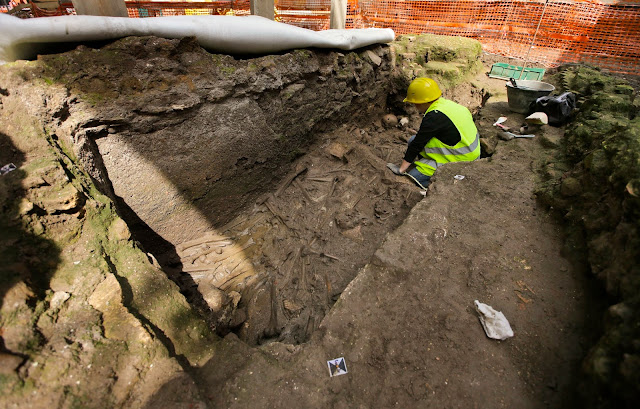





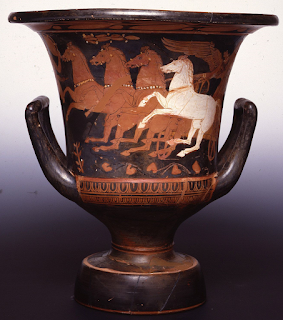
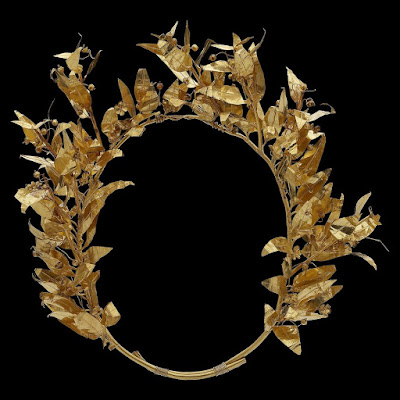
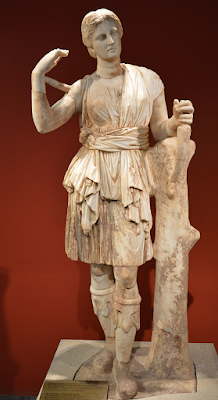

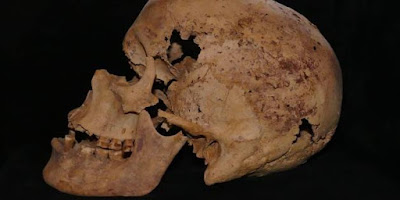 This ancient woman died of breast cancer.
This ancient woman died of breast cancer.
